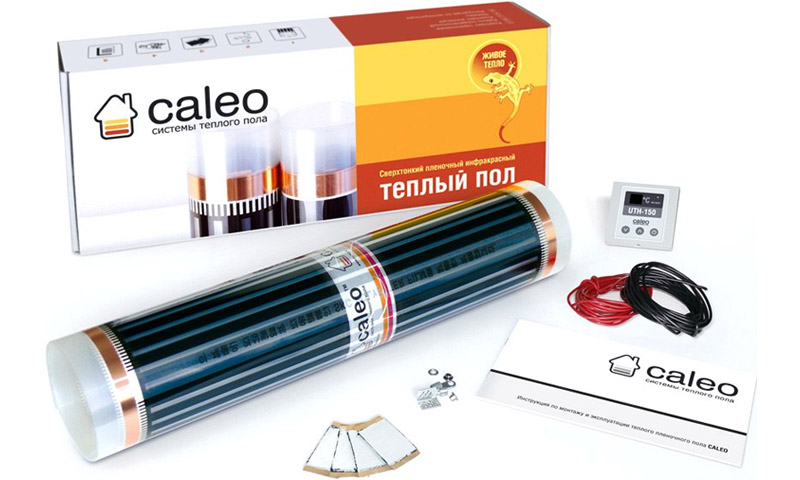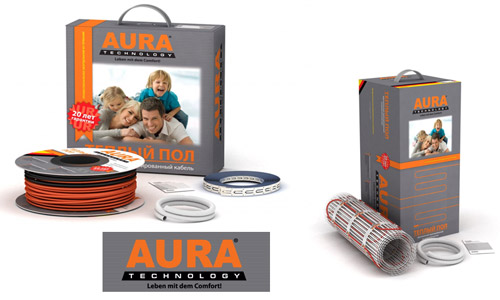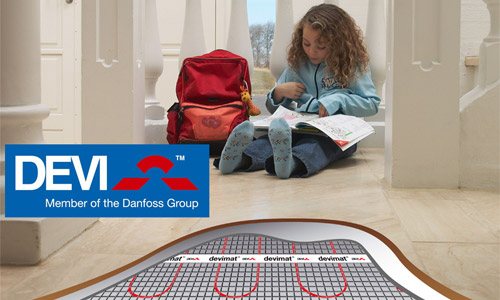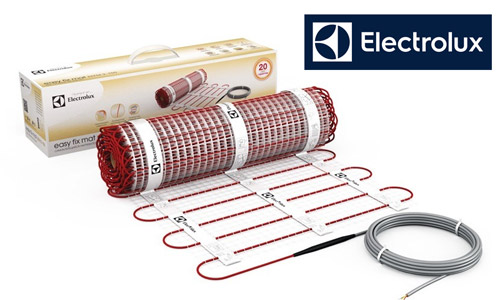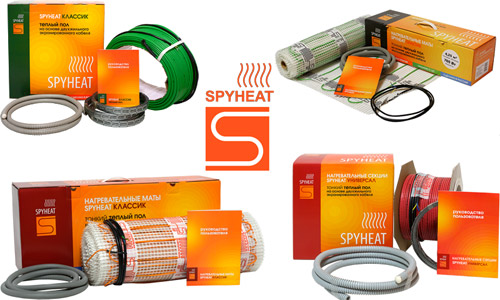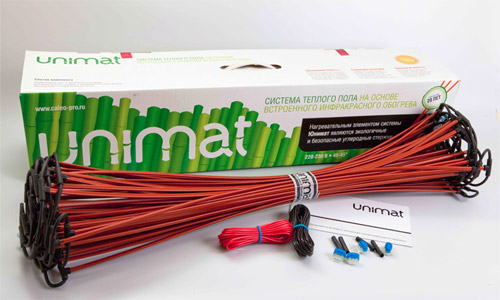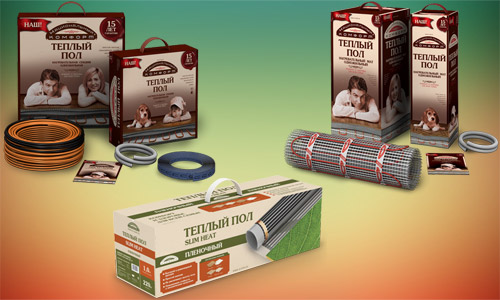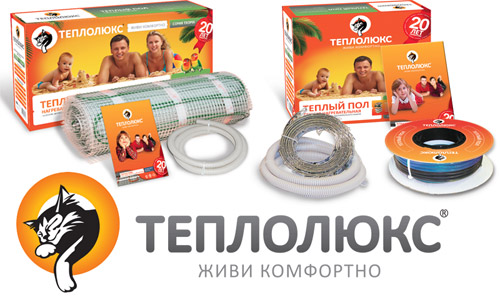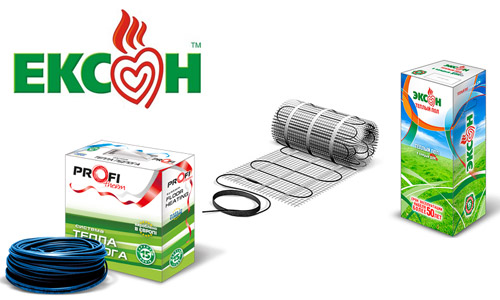In the fall of 2015, he decided to insulate a cold vestibule in the house so that cats could live there at least up to -25 C.
The choice fell on the caleo warm floor, it was very beautiful they advertised it in the Leroy Merlin store, and according to the characteristics it was quite suitable for me.
The first year went well, the floor performed its functions.
In January 2017, a fire occurred, the benefit was noticed at the stage of smoke. The house is intact, everyone is intact ...
I decided to understand what was the reason (there was an idea that I did not insulate the compounds well enough).
I opened the laminate, there were no problems in installation.
The autopsy results in the photo.
I wrote to the manufacturer’s website - an interesting correspondence turned out:
caleo: Judging by the photographs, we can conclude that the film was heated to a temperature above 80 ° C, which led to the melting of the heat-reflecting material. Since the thermal film is not self-regulating (Grid 150/220), this result can be achieved in only two ways. The first is to heat the entire film to the specified temperature, i.e., do not install the floor sensor under the film, do not use the thermostat, or set the temperature to 80 ° C on the thermostat. The second is to "lock the thermal film", that is, create an obstacle to normal heat removal.
Me: I had a temperature sensor located, as I wrote earlier.
What is meant by creating a normal heat sink? I had the whole film lying in the same conditions, while the row lying nearby was in absolute order.
caleo: Something was lying / standing on the floor while the thermal film was working, but the film could not be “locked” in another way.
These films are intended only for open areas where there are no low-cost objects.
So be extremely careful if you use these floors do not try to put houses for cats on it !!!

